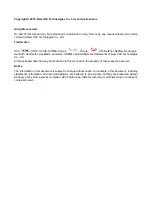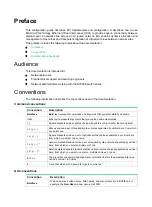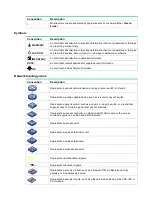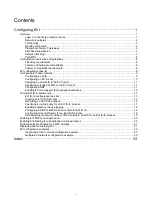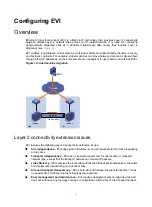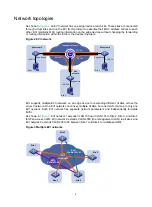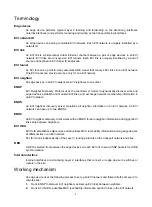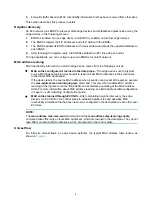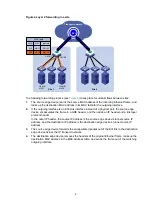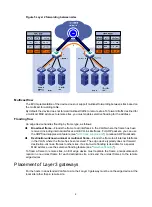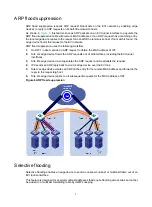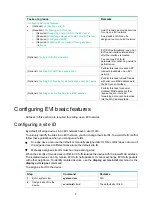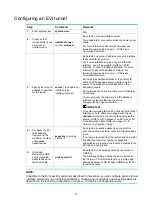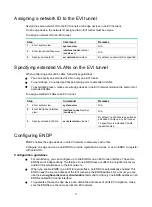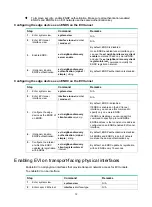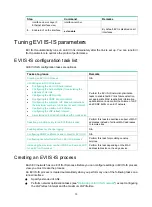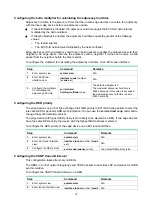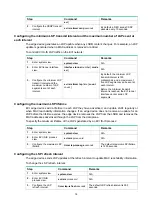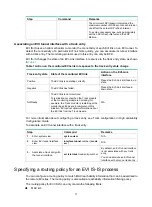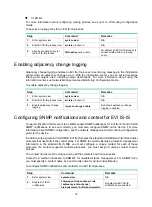
4
3.
Forwards traffic based on MAC reachability information that has been received from other sites.
This section describes this process in detail.
Neighbor discovery
An EVI network runs ENDP to discover all its edge devices and establishes adjacencies among the
edge devices in the following process:
1.
ENDS is enabled on one edge device, and ENDC is enabled on all other edge devices.
2.
The ENDCs register their IP addresses and other data with the ENDS.
3.
The ENDS updates its ENDC database with received data and sends the updated database to
each ENDC.
4.
After receiving the register reply, the ENDCs establish an EVI link with each other.
For high availability, you can configure up to two ENDSs for an EVI network.
MAC address learning
MAC reachability information on an EVI edge device comes from the following sources:
•
MAC entries configured or learned in the data plane
—The edge devices use the typical
source-MAC-based learning mechanism to learn unicast MAC addresses in their local sites
(called local MAC addresses).
If the device learns the source MAC address when it sends out a packet at the egress, execute
the
mac-address mac-learning ingress
command. This command enables MAC address
learning at the ingress to reduce flood traffic and accelerate populating of the MAC address
table. For more information about MAC address learning, see MAC address table configuration
in
Layer 2—LAN Switching Configuration Guide
.
•
MAC entries learned through EVI IS-IS
—After completing neighbor discovery, the edge
devices run EVI IS-IS in the control plane to establish adjacencies and advertise MAC
reachability information that has been learned or configured in the data plane to each other over
EVI links.
NOTE:
The
mac-address max-mac-count
command and the
mac-address mac-learning enable
command take effect only on local MAC addresses, which are learned in the data plane. They do not
take effect on remote MAC addresses, which are learned in the control plane.
Unicast flow
For intra-site unicast flows, an edge device performs the typical MAC address table lookup, as
shown in
.


